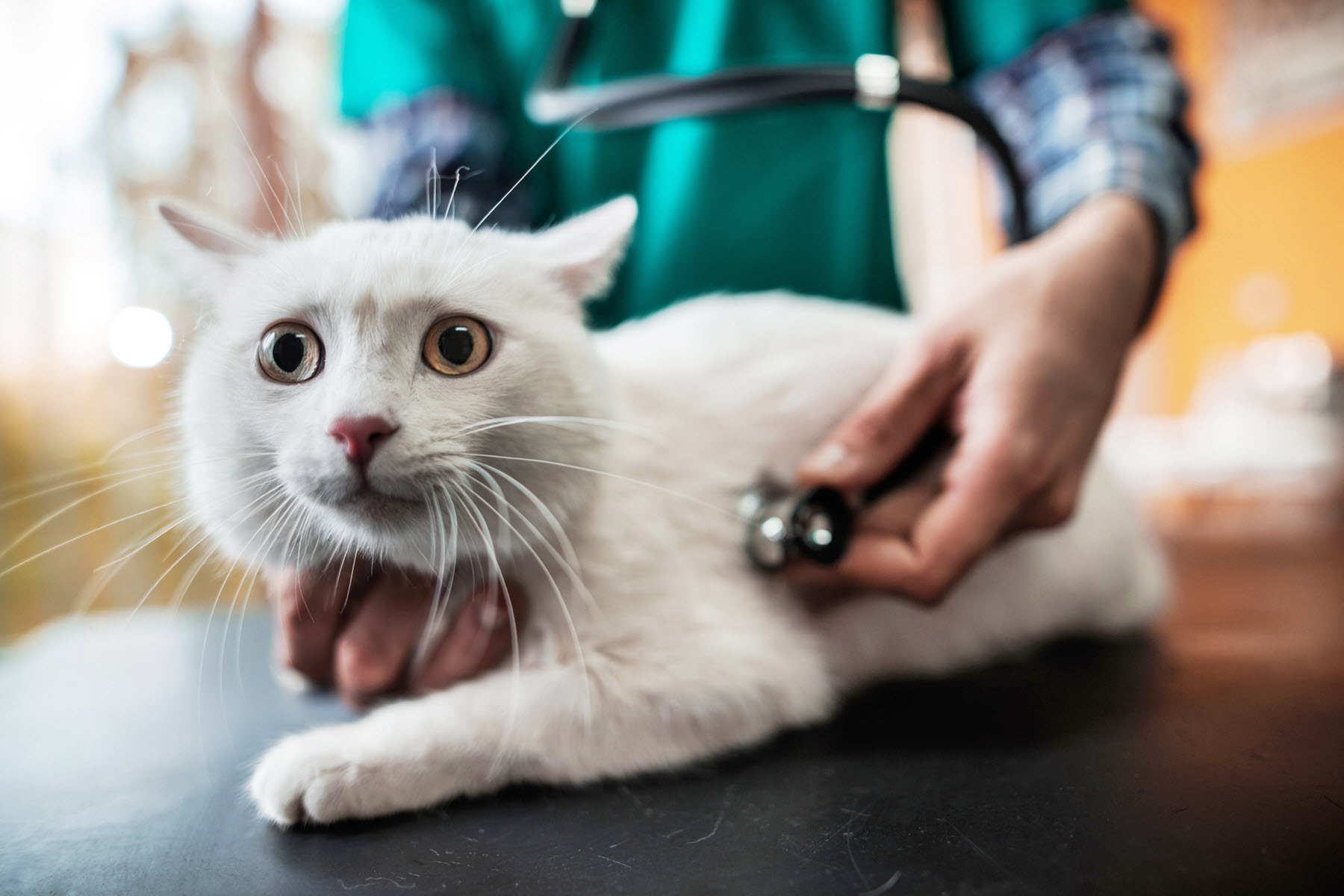Dozens of Mammals at Risk of COVID Infection

WEDNESDAY, Oct. 7, 2020 (HealthDay News) — More than two dozen types of animals that are often in close contact with people may be at risk of coronavirus infection, a new study suggests.
This could threaten some endangered species and harm certain types of farms. In addition, some animals may act as reservoirs for human reinfection, according to the researchers at University College London (UCL).
For the study, the investigators examined how the spike protein on SARS-CoV-2 interacts with a protein that it attaches to when it infects people, called the ACE2 protein. The researchers then looked at how well the virus protein could bind to the ACE2 protein in 215 different animals.
Binding to the ACE2 protein enables the virus to enter host cells. It’s possible the virus might be able to infect animals through a different pathway, but current information suggests that’s unlikely, the study authors said.
Of the species studied, the researchers found evidence that 26 animals regularly in contact with people may be susceptible to infection with the new coronavirus.
Most birds, fish and reptiles don’t appear to be at risk, but the majority of the mammals reviewed could potentially be infected, the findings showed.
In some mammals, such as sheep and great apes (chimpanzee, gorilla, orangutan and bonobo, many of which are endangered), the proteins would be able to bind together just as strongly as they do when the virus infects people.
Some of the animals, such as sheep, have not yet been studied with infection tests, so these findings don’t confirm that they can indeed be infected, according to the report published Oct. 5 in the journal Scientific Reports.
The researchers predict possible infection of domestic cats, dogs, lions, tigers and mink, which have had reported cases, as well as ferrets and macaques, which have been infected in lab studies.
“We wanted to look beyond just the animals that had been studied experimentally, to see which animals might be at risk of infection, and would warrant further investigation and possible monitoring,” said lead author Christine Orengo, a professor of structural and molecular biology at UCL.